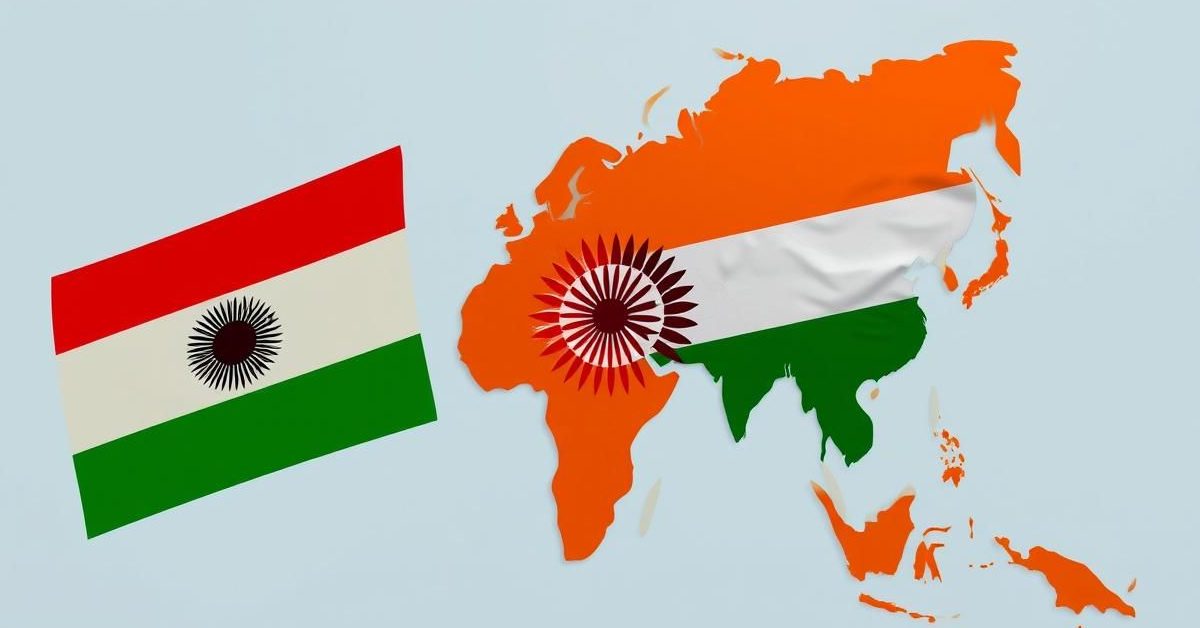Donald Trump has labeled the expanding BRICS coalition as “anti-American” and warned that any country aligning with its policies could face an additional 10% tariff on goods.
Trump’s Strong Warning to BRICS
Former US President Donald Trump recently issued a stern warning to the BRICS alliance. He stated that any nation supporting what he calls the “anti-American policies” of BRICS could face a new 10% tariff.
This isn’t his first threat. Trump had previously warned BRICS members of a massive 100% tariff if they even considered reducing their use of the US dollar in international trade.
The Push for Dollar Alternatives
Many countries are looking to lessen their reliance on the US dollar and the financial system led by the United States. This comes after the US used its financial power by excluding Iran in 2012 and Russia in 2022 from SWIFT, the global messaging network for financial transactions.
Following these moves, countries like Russia and China have notably increased their trade using their own national currencies, seeking to reduce their vulnerability.
BRICS: A Growing Global Force
The BRICS coalition, which originally included Brazil, Russia, India, China, and South Africa, has significantly expanded. It now boasts 10 member nations, with Egypt, Ethiopia, Iran, and the United Arab Emirates joining in late 2024, and Indonesia in January 2025.
Collectively, BRICS members represent 45% of the world’s population and contribute over 35% to the global GDP. While there have been discussions about a new reserve currency, BRICS nations state they don’t aim to replace the US dollar outright. Instead, their goal is to offer a “viable alternative” to boost efficiency and foster inclusive economic globalization.
Trump’s latest warning coincides with the US dollar reaching a three-year low, dropping more than 10% against other major currencies like the euro and yen, partly due to anticipated disruptions from proposed tariffs.
India’s Balanced Approach
India maintains a nuanced position within BRICS. External Affairs Minister S. Jaishankar has clarified that India doesn’t “target” the dollar or actively seek to move away from it.
However, India does look for “workarounds” when trading with partners who might lack dollars for transactions. This is about facilitating trade, not undermining the US currency.
Former RBI Governor Shaktikanta Das echoed this, stating India’s measures, like allowing Vostro accounts and local currency trade agreements, are about “de-risking” trade, not “de-dollarization.” He also pointed out that a common BRICS currency faces significant challenges due to the vast geographical spread of member nations.
Concerns Over the Yuan’s Rise
One key reason India is cautious about de-dollarization is the growing influence of the Chinese yuan. India has been hesitant to use the yuan for Russian oil imports, even as Russia increasingly adopts the currency following Western sanctions.
According to the Russian government, over 90% of trade between Russia and China is now settled in rubles or yuan. India’s top trade promotion body, FIEO, highlighted the importance of ensuring any local currency framework doesn’t disproportionately benefit China, given the economic power imbalance among BRICS members.
- Donald Trump threatened a 10% tariff on countries aligning with BRICS, which he calls “anti-American.”
- BRICS has expanded to 10 nations and seeks to offer an alternative to the US-led financial system, not necessarily replace the dollar.
- India emphasizes “de-risking” trade through local currency deals rather than actively “de-dollarizing,” partly due to concerns about the Chinese yuan’s growing influence.
The evolving dynamics within BRICS and the global economy continue to shape complex international trade and financial policies.














